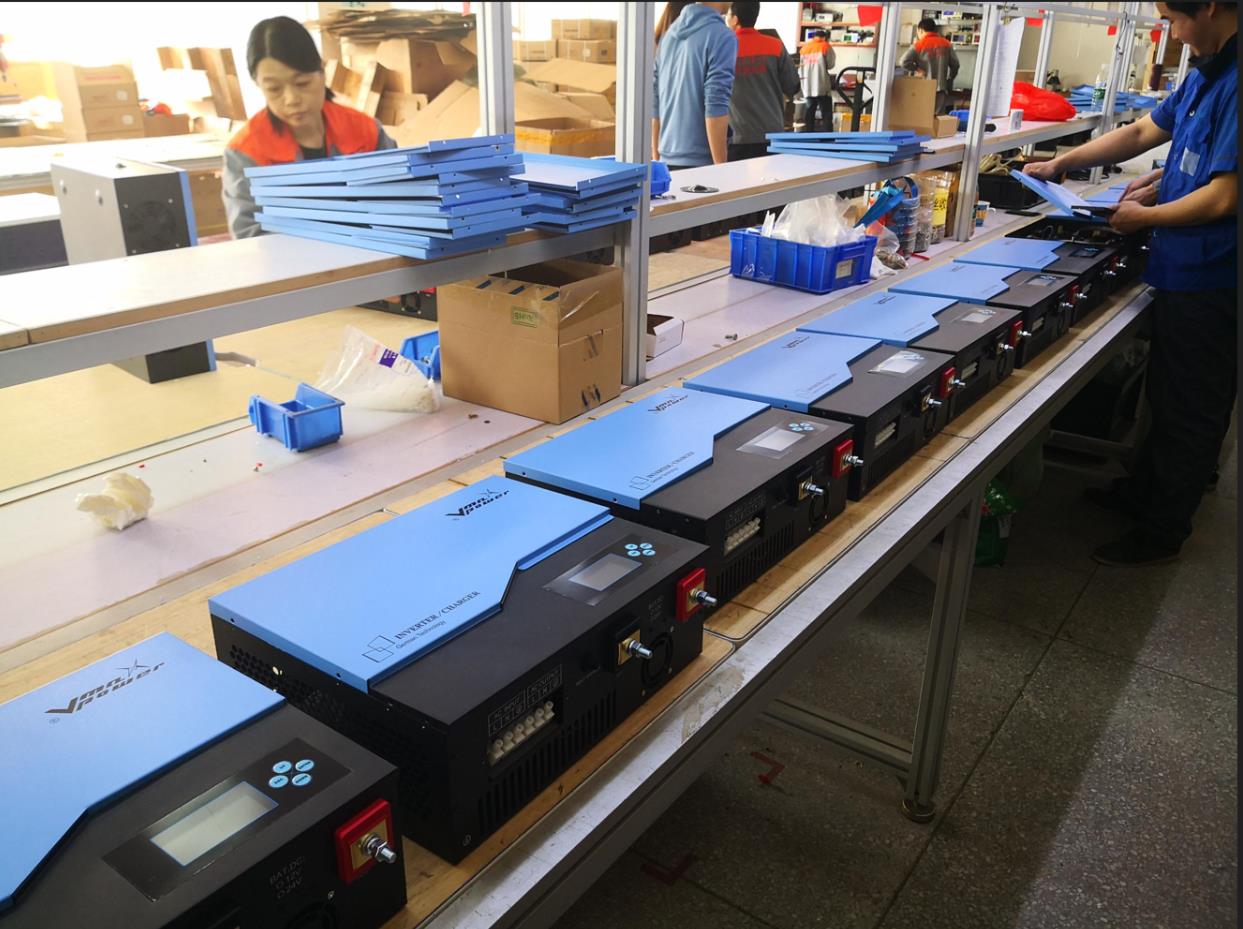Under the background of accelerating therealization of carbon peak and carbon neutrality, the installed capacity ofphotovoltaic power generation in China is developing rapidly. Since 2022,despite the impact of global economic recession risk, domestic COVID-19epidemic and other factors, China's photovoltaic industry is one of the fewindustries that has maintained rapid growth against the trend. At the sametime, the coordinated development of PV industry chain and supply chain hasattracted increasing attention. 
After years of development, China'sphotovoltaic industry ranks first in the world in terms of manufacturingcapacity and market share. Based on the good expectations of the photovoltaicmarket, at present, China's photovoltaic manufacturing links are accelerating anew round of capacity expansion and technological transformation. 
According to the information of thenational energy administration, from January to July 2022, the averageutilization rate of photovoltaic power generation across the country was 97.9%.At present, the first batch of large-scale wind power photovoltaic basesfocusing on deserts, Gobi and desert areas have all started construction, thesecond batch of base projects have started construction, and the third batch ofbase projects are stepping up the organization of relevant work. 
In the first half of 2022, China's newphotovoltaic installed capacity was 30.88GW. How do you view the trend of thewhole year? In an interview with our reporter, Liu Yiyang, Deputy SecretaryGeneral of China Photovoltaic Industry Association, was optimistic about thescale of the photovoltaic market in 2022. He predicted that in 2022, China'snew installed capacity of photovoltaic power generation will be greater thanthe original expectation, and may reach 80GW to 100GW, which will be a recordhigh. 
Driven by the demand of the global PVmarket and the development of China's favorable PV policies, the installedcapacity of PV will further expand. It is estimated that by 2022, China's newinstalled capacity of photovoltaic power generation will reach 85GW to 100GW. 
At the same time that the terminal demandhas increased more than expected, since 2022, a variety of factors, such as theshortage of raw materials, the rise of product prices in some links, and thecomplex and changeable business environment of international trade, havefurther aggravated the imbalance between supply and demand in the photovoltaicindustry chain. 
At present, under the goal of global carbonneutrality, new energy markets such as photovoltaic power generation are broadand growing continuously. The periodic mismatch between supply and demand inthe process of industrial development has led to a sustained high price rise inthe supply chain. These are inevitable pains in development. 
|

 6 Keji west road. Hi-Tech Zone Shantou City, GuangDong,China
6 Keji west road. Hi-Tech Zone Shantou City, GuangDong,China +86-0754-81888658
+86-0754-81888658 multifit@multifitele.com
multifit@multifitele.com